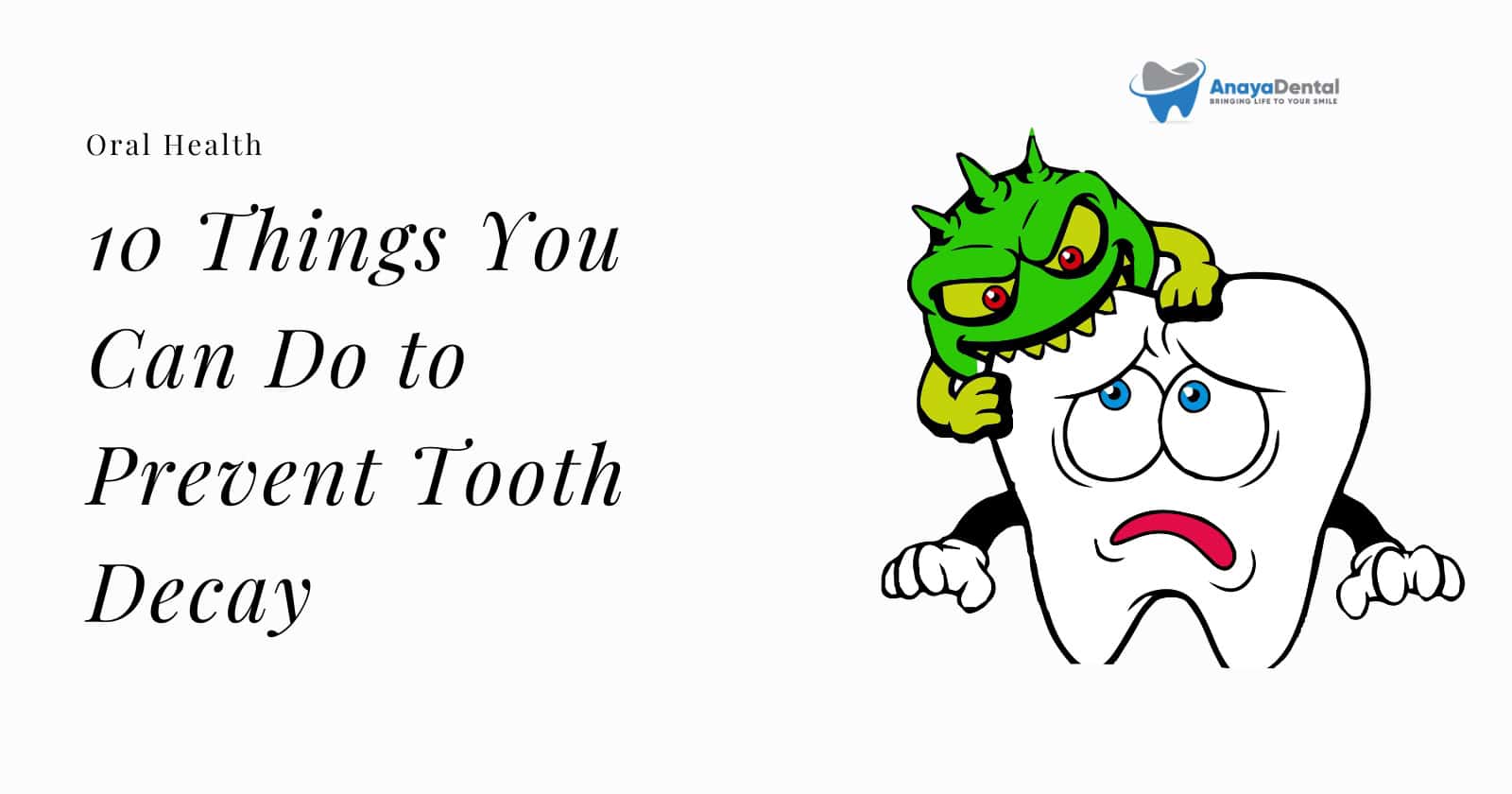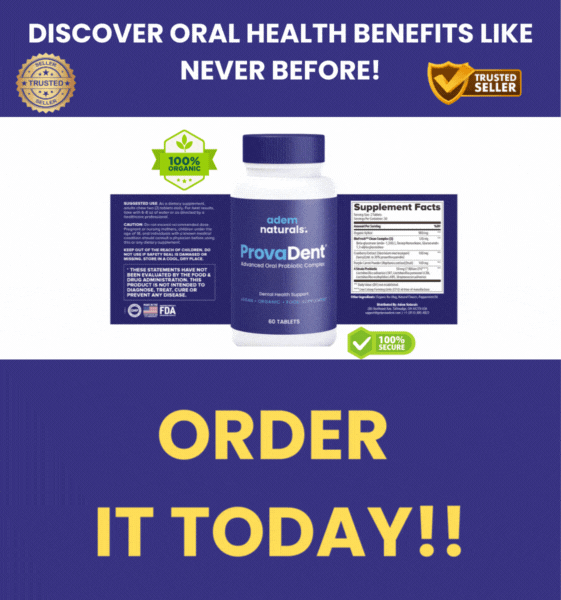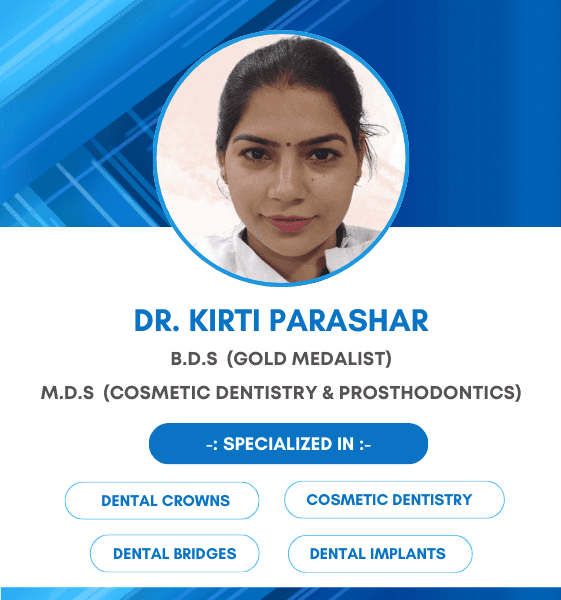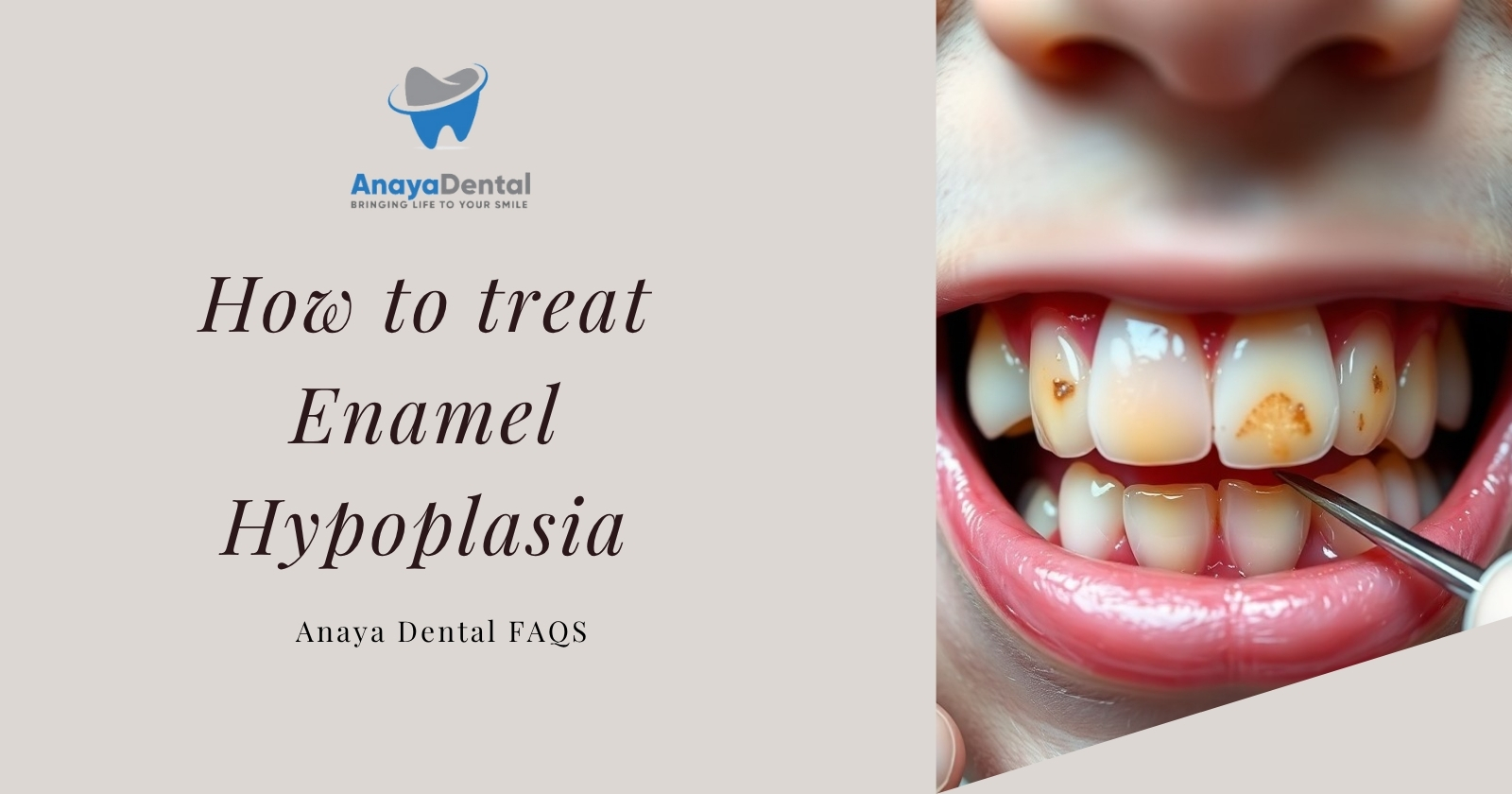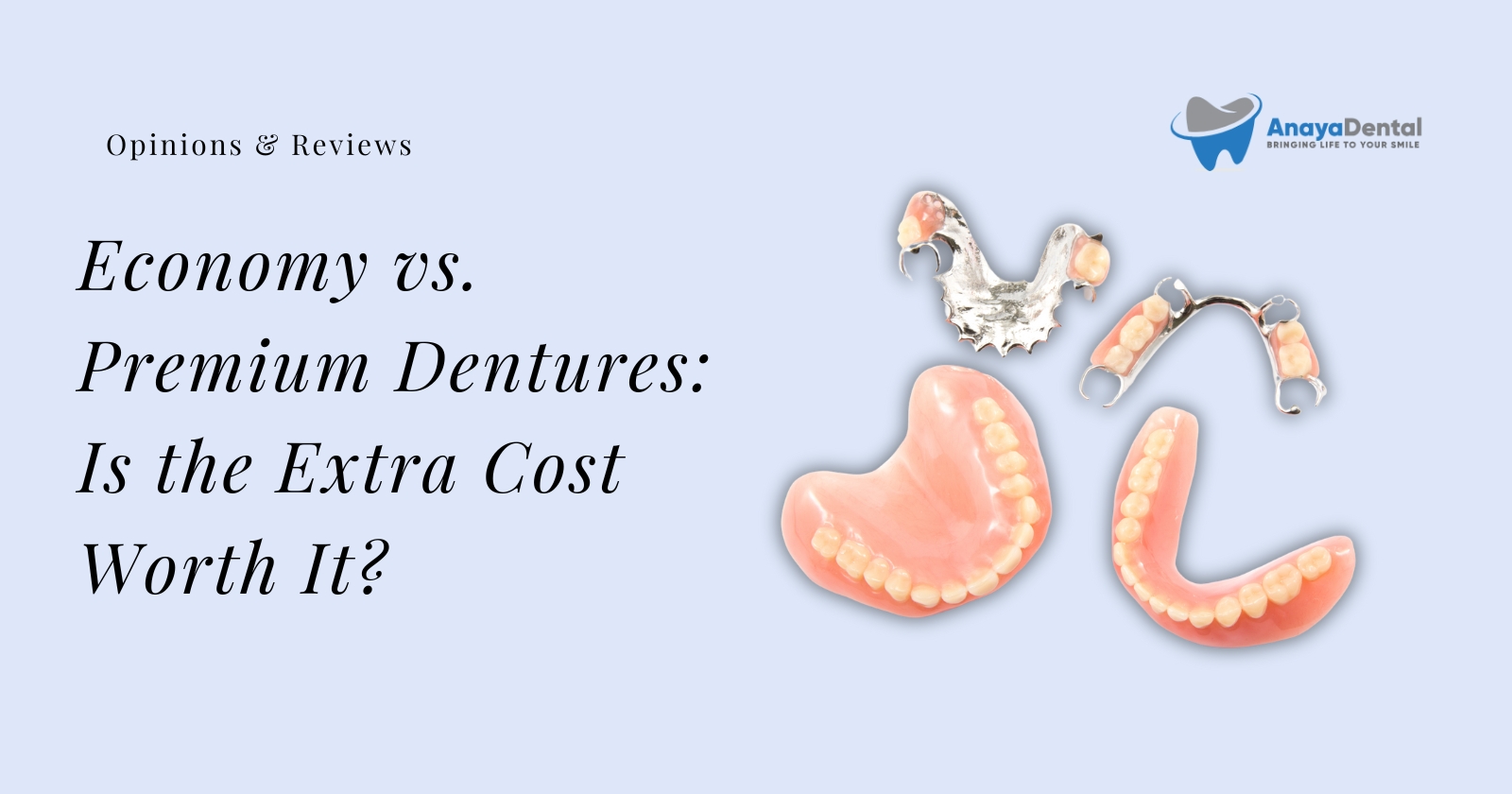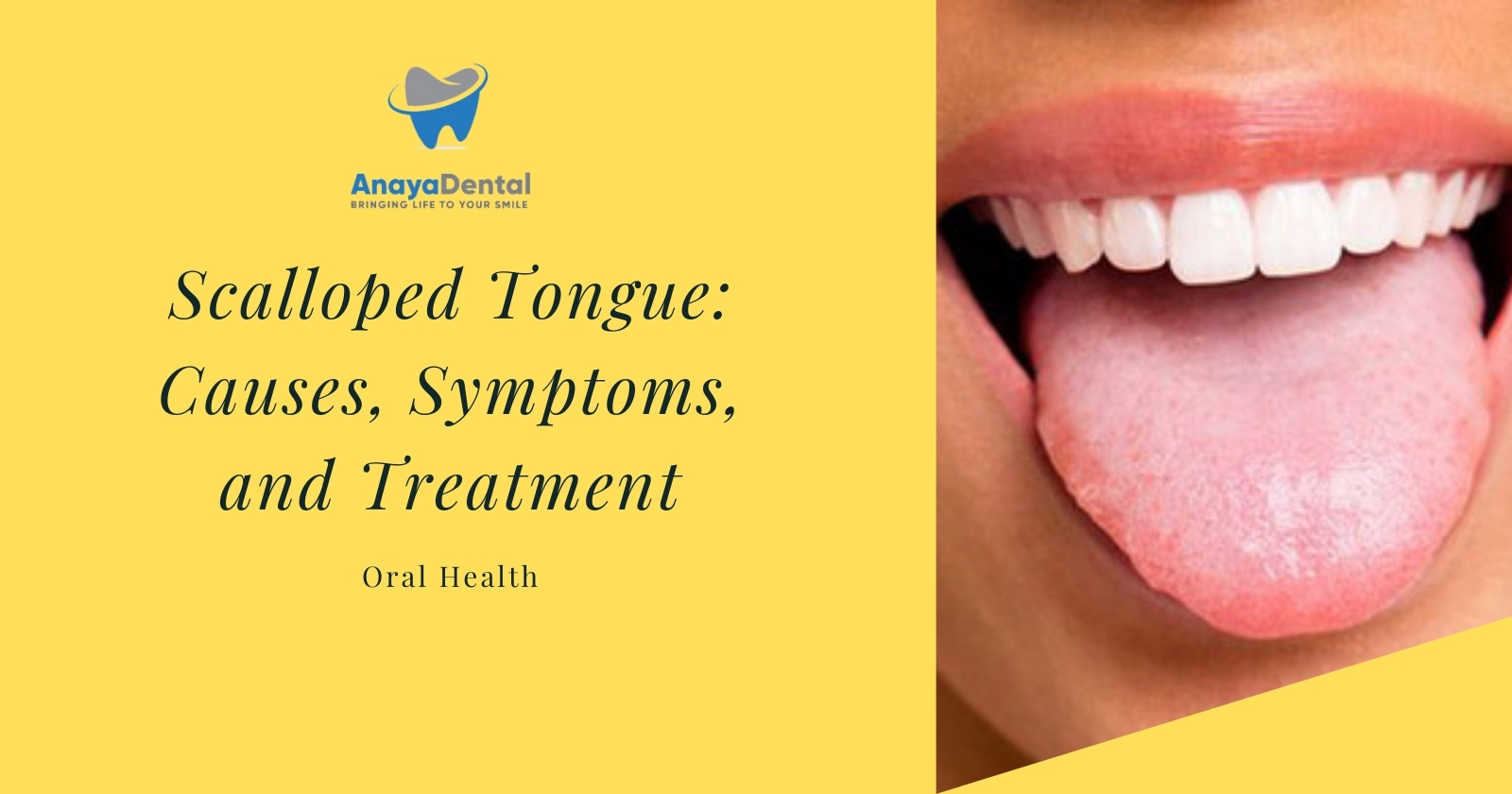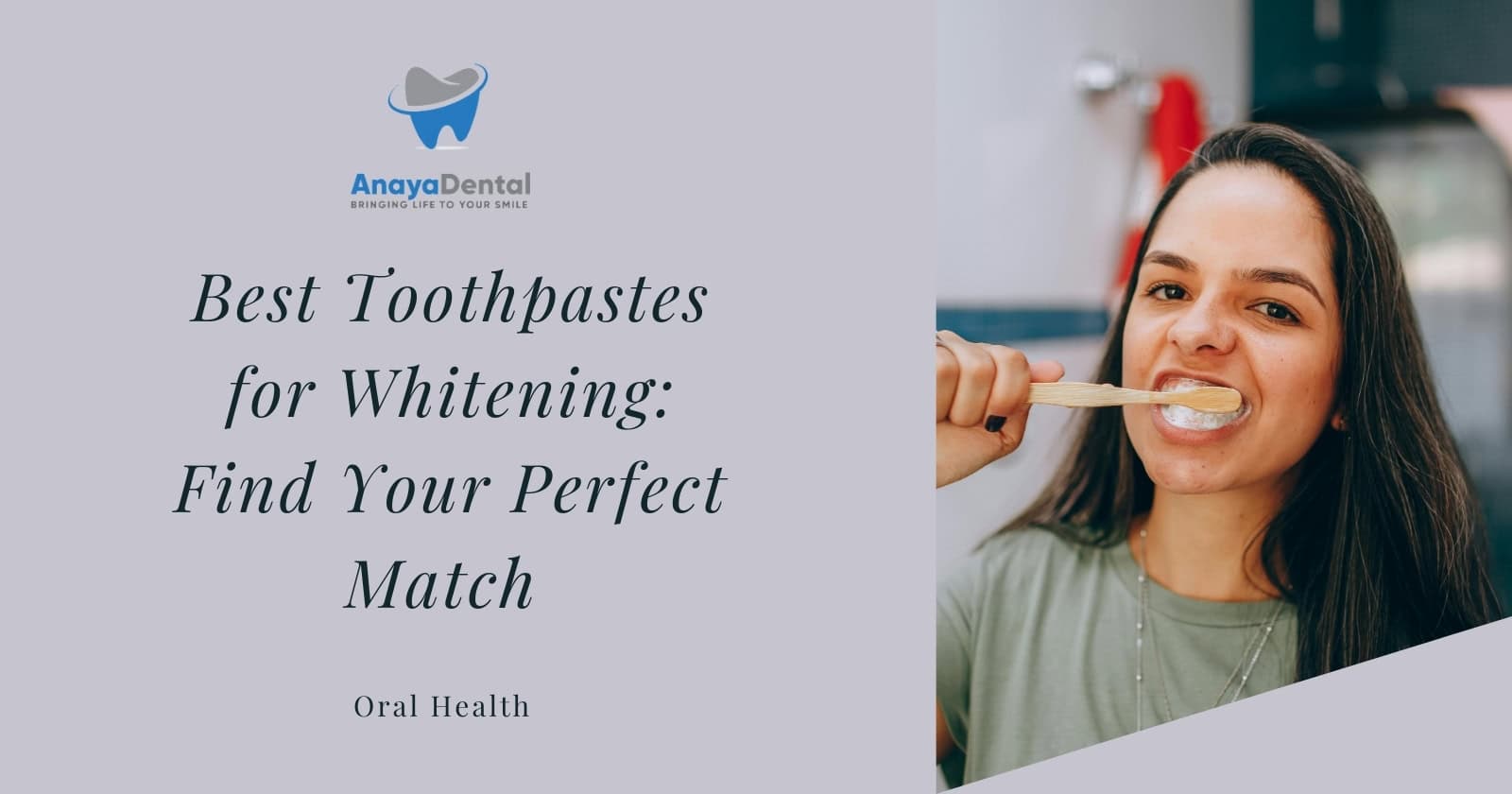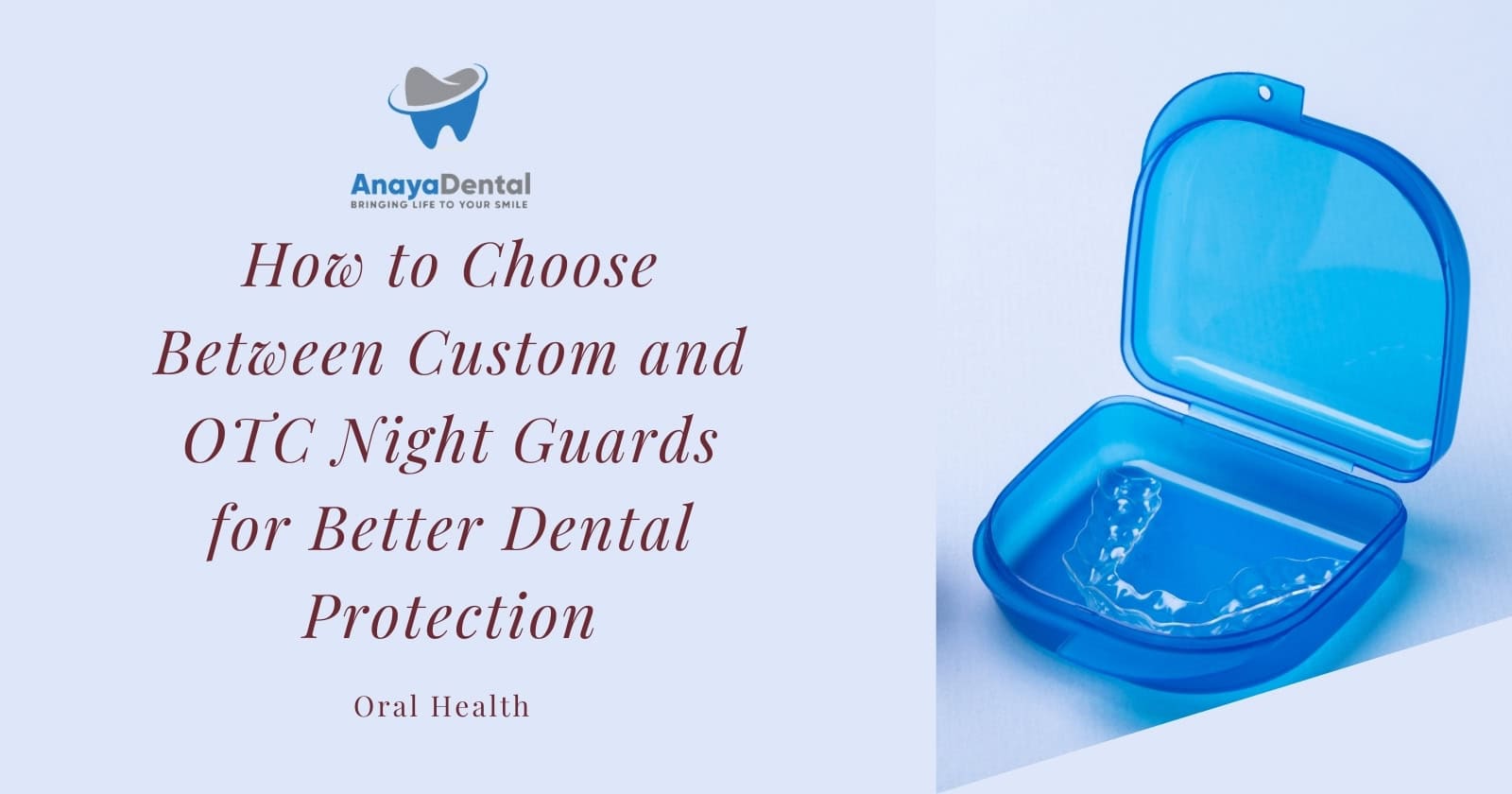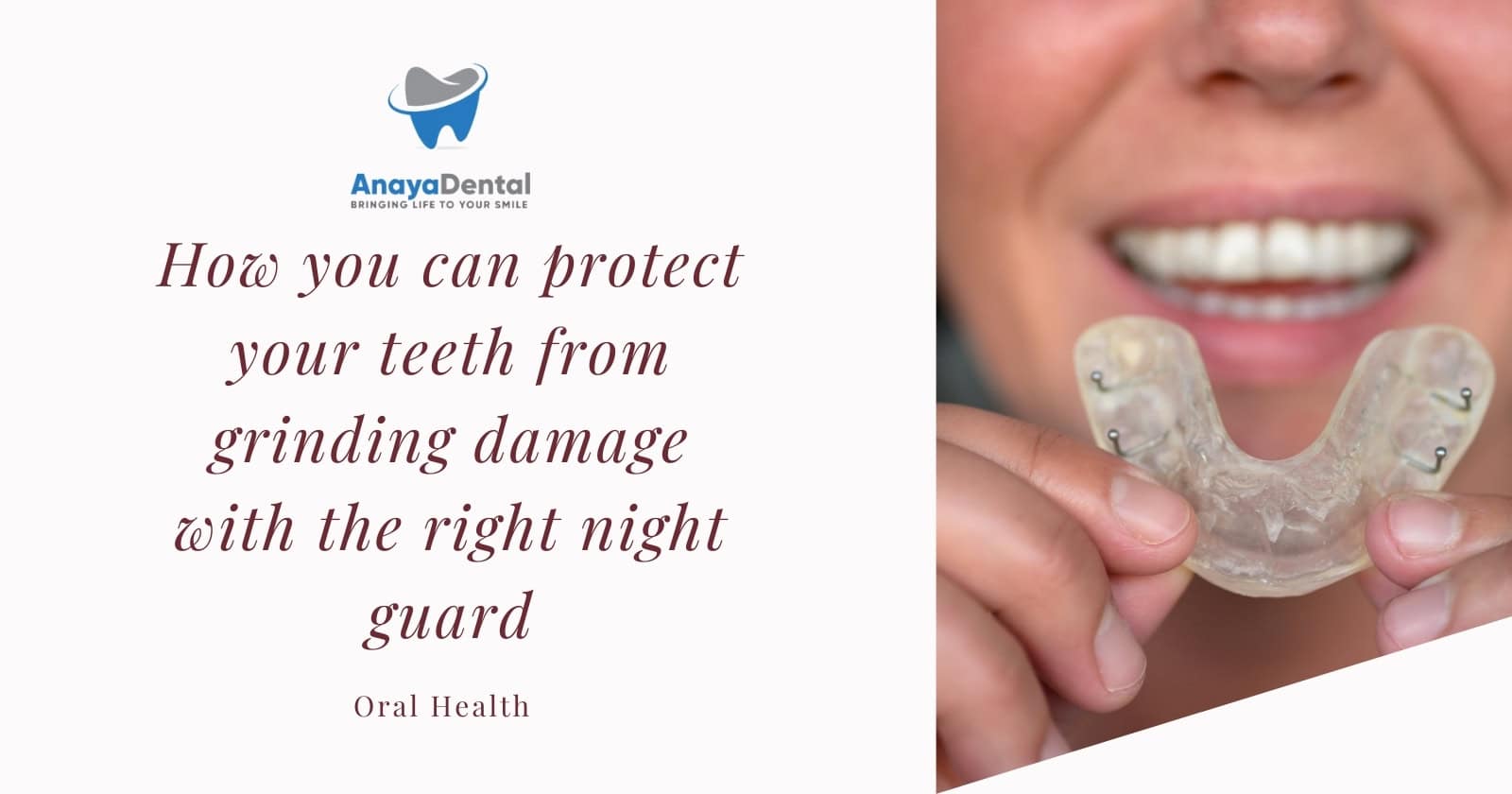Picture this: You’re enjoying your favorite ice cream when suddenly, a sharp pain shoots through your tooth. That unexpected discomfort might be the first sign of tooth decay – a common but preventable dental problem affecting millions worldwide. Whether you’ve experienced this scenario or want to avoid it altogether, understanding how to protect your teeth is crucial for maintaining your oral health and avoiding costly dental procedures.
Tooth decay, also known as dental caries, develops when bacteria in your mouth convert sugars from food into acids that attack tooth enamel. The good news? With the right prevention strategies, you can significantly reduce your risk and maintain a healthy smile for years to come.
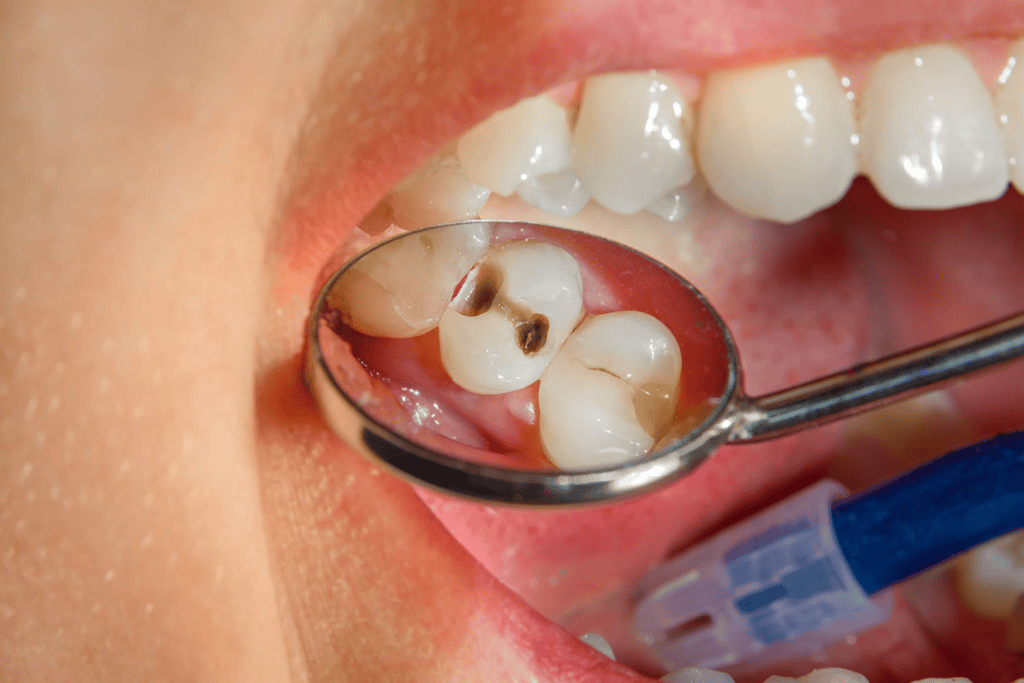
Understanding How Tooth Decay Develops
Before diving into prevention techniques, it’s helpful to understand what you’re fighting against. Tooth decay is a progressive condition that develops in stages:
Try Our Dental Calculators
- Initial demineralization appears as white or dark spots on teeth where mineral content begins breaking down
- Enamel decay occurs as acids continue to erode the tooth’s protective outer layer
- Dentin decay happens when damage reaches the softer layer beneath the enamel
- Pulp involvement develops when bacteria reach the tooth’s nerve center, often causing pain
- Abscess formation may occur if infection spreads beyond the tooth root
Tooth decay is influenced by multiple factors including your oral hygiene habits, diet, saliva production, and access to preventive dental care. Understanding these elements is essential for implementing effective prevention strategies.
1. Brush Properly with Fluoride Toothpaste
The foundation of tooth decay prevention starts with your daily brushing routine. However, it’s not just about brushing—it’s about brushing correctly with the right tools.
Brushing twice daily with fluoride toothpaste is one of the most effective ways to prevent tooth decay. Fluoride works by strengthening tooth enamel, making it more resistant to acid attacks, and can even help reverse early stages of tooth decay.
For optimal results:
- Brush for two minutes each time
- Use a soft-bristled toothbrush
- Hold your brush at a 45-degree angle to both the tooth surface and gumline
- Clean all tooth surfaces—front, back, sides, and chewing surfaces
- Replace your toothbrush every 3-4 months
Many dental professionals recommend using a power toothbrush with sonic vibrations or a rotating head, as these can more effectively remove bacteria and plaque compared to manual brushing.
2. Don’t Skip the Floss
While brushing cleans the visible surfaces of your teeth, it cannot reach between teeth and under the gumline where plaque often accumulates. This is where flossing becomes crucial.
Daily flossing removes plaque and food particles from hard-to-reach areas that your toothbrush simply cannot clean. Without flossing, you’re leaving approximately 40% of your tooth surfaces untouched during cleaning.
Experts recommend flossing at least once daily, preferably before brushing, to prevent decay between teeth. If traditional string floss is difficult for you to use, consider alternatives like:
- Flossing brushes or interdental cleaners
- Water flossers
- Floss picks
The best flossing tool is the one you’ll use consistently, so find what works for your comfort and lifestyle.
3. Rinse with Fluoride Mouthwash
Adding a fluoride mouthwash to your daily routine provides an additional layer of protection against tooth decay. These rinses help:
- Remove food particles and bacteria that contribute to decay
- Deliver fluoride to strengthen enamel
- Reach areas that might have been missed during brushing and flossing
For maximum benefit, use mouthwash after brushing and flossing. Wait at least 30 minutes after rinsing before eating or drinking to allow the fluoride to work effectively on your teeth.
Many dentists recommend alcohol-free formulations, especially for people with sensitive mouths or dry mouth conditions, as alcohol can further reduce saliva production.
4. Drink Fluoridated Water
One of the simplest yet most effective ways to prevent tooth decay is drinking fluoridated tap water. Most public water supplies contain added fluoride, which helps remineralize teeth and reverse early signs of decay.
The Centers for Disease Control and Prevention recognizes water fluoridation as one of the ten greatest public health achievements of the 20th century, with studies showing it can reduce tooth decay by about 25% in both children and adults.
Experts recommend drinking at least six to eight glasses of water daily, with preference for fluoridated tap water over bottled alternatives (which typically don’t contain optimal fluoride levels).
Water also helps:
- Rinse away food particles
- Dilute acids produced by bacteria
- Maintain adequate saliva flow
5. Watch What You Eat and Drink
Your diet plays a critical role in either promoting or preventing tooth decay. What you consume directly impacts your oral health.
Limit Sugary Foods and Beverages
Sugars provide food for bacteria in your mouth, enabling them to produce the acids that damage tooth enamel. Reducing consumption of sugary foods and beverages is crucial for preventing tooth decay.
When consuming sweet foods:
- Have them with meals rather than as separate snacks (increased saliva production during meals helps neutralize acids)
- Use a straw when drinking sugary beverages to minimize contact with teeth
- Rinse your mouth with water afterward
Be aware of hidden sugars in processed foods, condiments, and even seemingly healthy options like fruit juices and smoothies.
Reduce Snacking Frequency
Each time you eat, bacteria produce acids that can damage teeth for up to 20 minutes afterward. Frequent snacking increases the time your teeth are exposed to acid attacks, especially when consuming sugary or starchy foods.
To minimize this risk, limit snacks to a few times per day and choose tooth-friendly options when snacking is necessary. Rinsing with water after snacking can help remove food particles and neutralize acids when brushing isn’t possible.
Choose Tooth-Friendly Foods
Certain foods can actively protect against tooth decay by promoting remineralization or neutralizing acids:
- Crunchy fruits and vegetables (like apples, carrots, and celery) stimulate saliva production and provide a natural cleaning effect
- Dairy products (cheese, milk, and yogurt without added sugar) help strengthen teeth and neutralize acids
- Foods containing phosphorus and vitamin D contribute to healthy tooth structure
Including these protective foods in your diet can significantly reduce your risk of developing cavities.
6. Consider Dental Sealants
Dental sealants are protective plastic coatings applied to the chewing surfaces of back teeth (molars), where decay commonly occurs. These sealants effectively seal off the deep grooves that can trap food and bacteria, providing a physical barrier against decay.
Research shows that sealants can reduce the risk of decay in molars by nearly 80% in the first two years after application and continue to protect against 50% of cavities for up to four years.
While dentists typically recommend sealants for children soon after their permanent molars emerge, they can benefit adults with deep grooves in their teeth as well. Ask your dentist if sealants might be appropriate for your situation during your next check-up.
7. Schedule Regular Dental Check-ups
Even with excellent home care, professional dental visits remain essential for maintaining oral health and preventing decay. Visiting a dentist every six months for routine check-ups and cleanings allows for:
- Early detection of decay before it progresses to cavities requiring more invasive treatment
- Professional cleaning to remove plaque and tartar (hardened plaque) that regular brushing and flossing might miss
- Personalized advice on improving oral hygiene routines based on your individual needs
During these visits, don’t hesitate to ask questions about areas where you might be struggling with your oral care routine. Your dental team can provide specific techniques or product recommendations tailored to your needs.
8. Consider Professional Fluoride Treatments
For individuals at higher risk of tooth decay, professional fluoride treatments applied by dentists provide concentrated protection. These treatments typically involve applying fluoride gel or varnish directly to the teeth.
Professional fluoride applications are particularly beneficial for:
- Children and teenagers
- Patients with orthodontic appliances
- Those with reduced saliva flow
- People with a history of frequent cavities
Dentists typically recommend these treatments every three to six months, depending on individual risk assessment. These treatments provide significantly higher concentrations of fluoride than what’s available in over-the-counter products.
9. Chew Sugar-Free Gum
When you can’t brush after eating, chewing sugar-free gum offers a convenient alternative that actively helps protect your teeth. Chewing stimulates saliva production, which helps:
- Neutralize acids
- Remineralize enamel
- Wash away food particles
Gum containing xylitol is particularly beneficial as xylitol has been shown to inhibit the growth of decay-causing bacteria. Research indicates that regular use of xylitol gum can reduce the risk of developing tooth decay.
For best results, chew sugar-free gum for about 20 minutes after meals or snacks when brushing isn’t possible.
10. Clean Your Tongue
While often overlooked, your tongue can harbor bacteria that contribute to tooth decay and bad breath. Cleaning your tongue daily, either with a toothbrush or a specialized tongue scraper, helps remove these bacteria and reduce the overall bacterial load in your mouth.
For most effective cleaning:
- Start at the back of the tongue and gently work forward
- Be careful not to scrape too hard to avoid irritation
- Make this a daily part of your oral hygiene routine
This simple addition can significantly enhance overall oral health and decay prevention.
Quick Review: Your Tooth Decay Prevention Plan
Preventing tooth decay requires a comprehensive approach that combines multiple strategies:
- Brush properly with fluoride toothpaste twice daily
- Floss daily to clean between teeth
- Rinse with fluoride mouthwash after brushing and flossing
- Drink fluoridated water throughout the day
- Watch what you eat by limiting sugary foods and beverages
- Consider dental sealants for high-risk tooth surfaces
- Schedule regular dental check-ups every six months
- Get professional fluoride treatments if recommended
- Chew sugar-free gum after meals when brushing isn’t possible
- Clean your tongue daily to reduce bacteria
Remember that consistency is key when it comes to oral health maintenance. By incorporating these ten evidence-based strategies into your daily routine, you can significantly reduce your risk of developing tooth decay and maintain a healthy smile for years to come.
The small daily investments you make in your oral health now can save you from the discomfort, time, and expense associated with treating advanced decay later. Your future self—and your wallet—will thank you for the preventive care you prioritize today.
